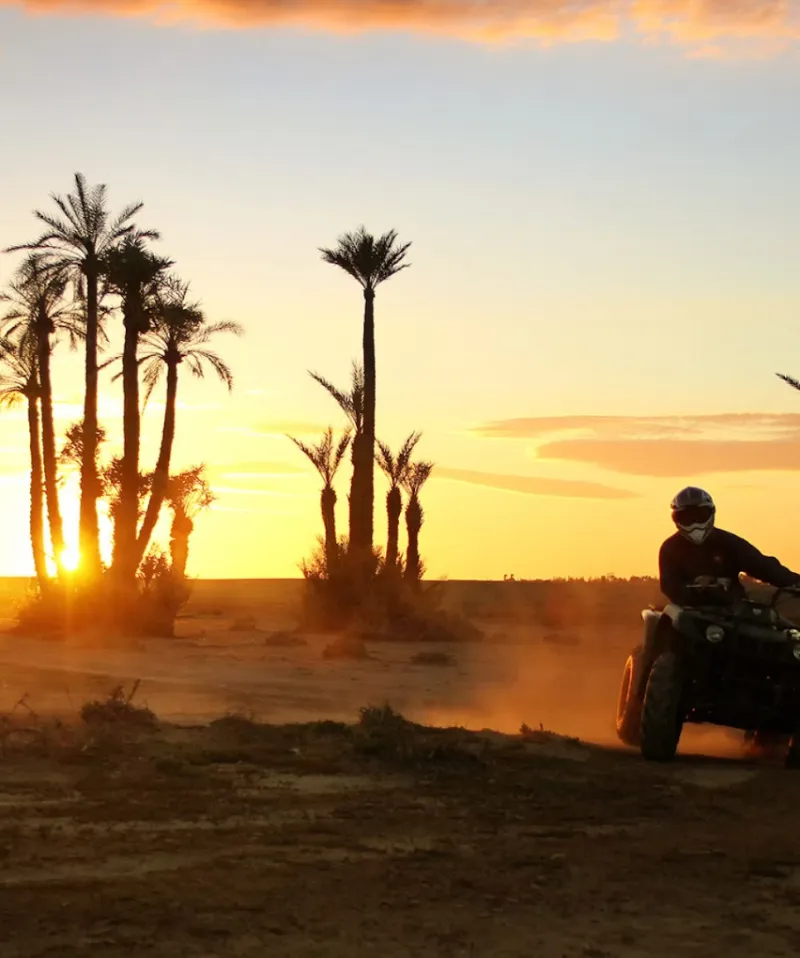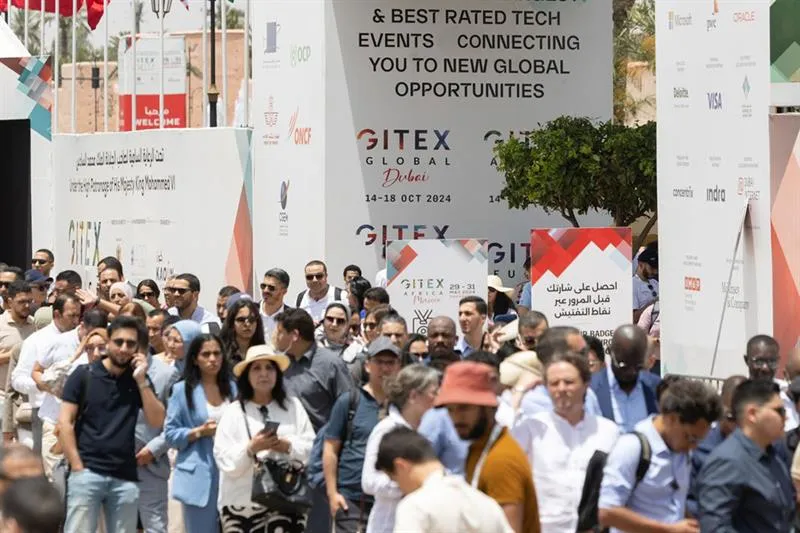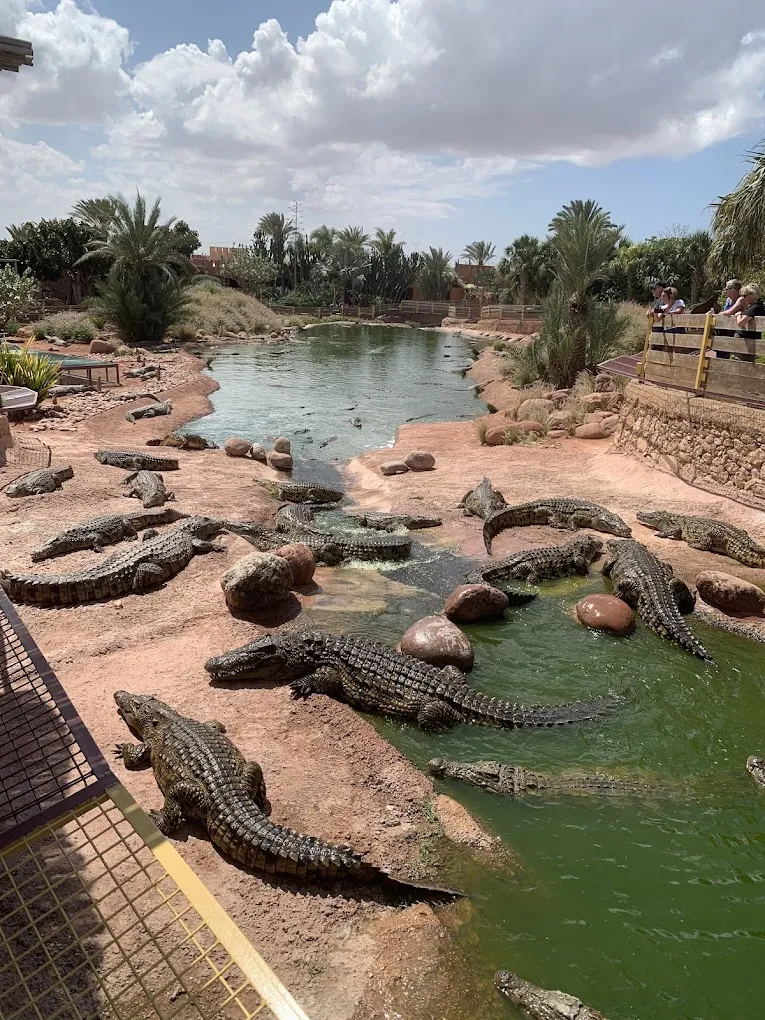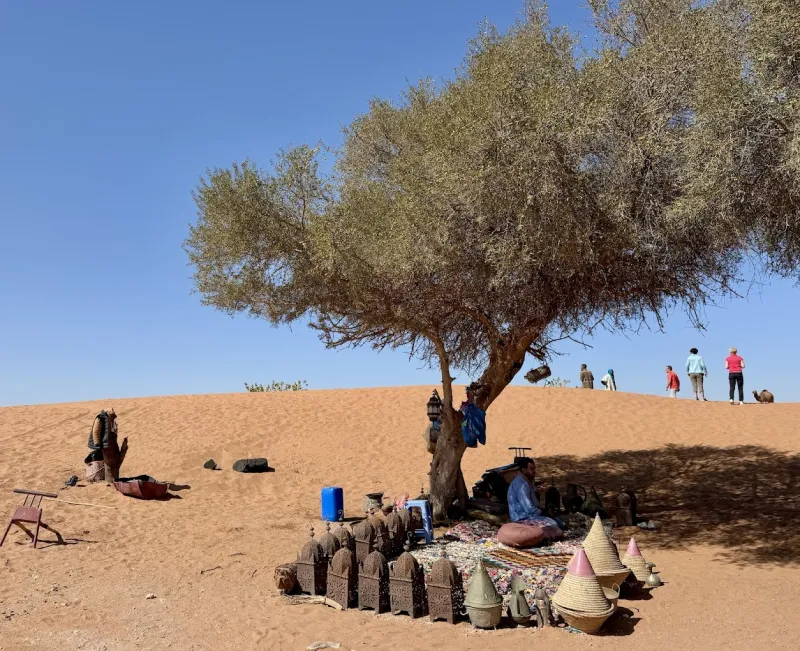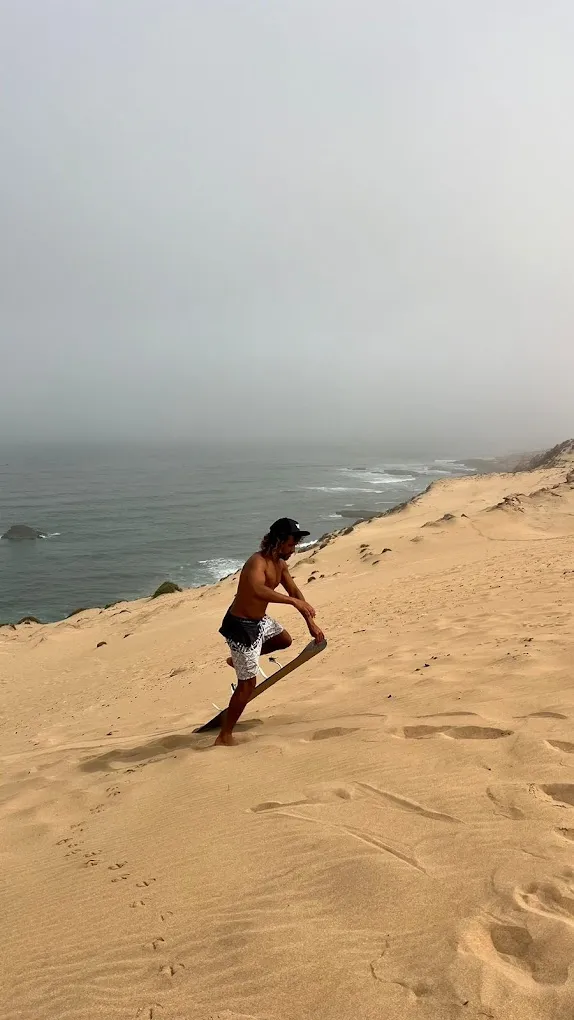Moroccan Culture and Traditions: A Tapestry of History, Art, and Community
14 Mar 2025Moroccan culture is a vibrant mosaic woven from centuries of history, diverse influences, and deeply rooted traditions. From the bustling souks and ancient medinas to the quiet rural villages and expansive deserts, Morocco offers a rich cultural experience that captivates travelers and locals alike. This comprehensive guide explores the many facets of Moroccan culture and traditions, delving into its historical roots, artistic expressions, culinary delights, and the enduring values that continue to shape daily life in this fascinating country.
A Storied Past: The Historical Roots of Moroccan Culture
Ancient Influences and Diverse Heritage
Morocco’s cultural identity is shaped by a long and complex history. Situated at the crossroads of Africa, Europe, and the Middle East, the country has absorbed a multitude of influences over the centuries:
Berber Foundations: The indigenous Berber people (Amazigh) have inhabited the region for thousands of years, contributing their unique language, art, and customs to the cultural fabric.
Arab Conquests: The arrival of Arab armies in the 7th century introduced Islam, which quickly became a central pillar of Moroccan identity. Arab architecture, calligraphy, and literature left an indelible mark.
European and Mediterranean Touches: Periods of French and Spanish colonial rule further enriched the cultural landscape, evident in modern urban planning, culinary innovations, and contemporary art.
Sufi Mysticism: Sufism, the mystical branch of Islam, has deeply influenced Moroccan spirituality, encouraging a focus on music, poetry, and dance as expressions of divine love.
This blend of indigenous and foreign influences creates a cultural dynamism that is both deeply traditional and continuously evolving.
Language, Religion, and Social Structure
Linguistic Diversity
Morocco is a multilingual nation where language is a key element of cultural identity:
Arabic and Berber: Modern Standard Arabic and Amazigh (Berber) are the official languages, with the latter recognized for its significant historical and cultural importance.
French Influence: French remains widely used, particularly in business, education, and government, reflecting the country’s colonial past.
Local Dialects: Moroccan Arabic, also known as Darija, is the everyday language spoken by most Moroccans and is a vibrant blend of Arabic, Berber, and even French expressions.
Religion and Spiritual Life
Islam is the cornerstone of Moroccan society and plays an essential role in shaping its traditions and daily practices:
Islamic Practices: Daily prayers, Ramadan fasting, and community prayers at mosques are integral to life in Morocco.
Sufi Traditions: Sufi brotherhoods and their music, dance (such as the ritual of the Sema), and poetry add a layer of mysticism and artistic expression to Moroccan spirituality.
Interfaith Harmony: While Islam is predominant, Morocco’s long history of cultural exchange has fostered a tradition of tolerance and coexistence with other faiths, contributing to its rich, multi-ethnic character.
The Role of Family and Community
Family is at the heart of Moroccan society. Traditional values emphasize close-knit family bonds and communal support:
Extended Family Networks: Multi-generational households are common, and social life often revolves around family gatherings, celebrations, and collective decision-making.
Community Solidarity: Local communities, whether in urban centers or rural areas, place great importance on hospitality, mutual aid, and maintaining strong social ties.
Artistic Expressions: Music, Dance, and Festivals
A Symphony of Sounds and Movements
Moroccan culture is renowned for its rich musical and dance traditions, which vary widely from region to region:
Gnawa Music: Originating from sub-Saharan African influences, Gnawa music is a hypnotic blend of spiritual chants, rhythm, and traditional instruments. Performances are both meditative and celebratory, often seen during festivals and cultural gatherings.
Chaabi and Andalusian Music: Chaabi music, a popular genre, and Andalusian classical music, with its refined melodies and poetic lyrics, are central to many Moroccan celebrations and formal events.
Traditional Dances: Dance forms such as the Ahidous of the Atlas tribes or the Guedra of the Saharan regions showcase communal participation and are performed at weddings, festivals, and religious ceremonies.
Colorful Festivals and Celebrations
Festivals in Morocco are a reflection of its vibrant cultural tapestry, blending religious observances with local traditions:
Mawazine: Held in Rabat, this international music festival attracts artists from around the globe, blending contemporary sounds with traditional rhythms.
Imilchil Marriage Festival: A unique Berber celebration in the Atlas Mountains where ancient matrimonial traditions are reenacted amid vibrant costumes, music, and dance.
Ramadan and Eid: The holy month of Ramadan and the subsequent celebration of Eid are marked by communal prayers, feasts, and acts of charity, highlighting the spiritual unity of the community.
Culinary Traditions: A Feast for the Senses
Flavors That Tell a Story
Moroccan cuisine is one of the most celebrated aspects of its culture, famed for its aromatic spices, bold flavors, and intricate preparation methods:
Tagine and Couscous: These signature dishes exemplify the art of slow cooking and the harmonious blend of spices such as saffron, cumin, and ginger. Tagine, a stew cooked in a conical clay pot, and couscous, steamed semolina often served with vegetables and meat, are staples at family gatherings and festive occasions.
Street Food and Markets: Traditional markets (souks) burst with the scents of freshly baked bread, marinated olives, and sweet pastries like chebakia. Sampling these treats offers a taste of everyday Moroccan life.
Mint Tea: Often dubbed “Moroccan whisky” (despite being non-alcoholic), mint tea is a symbol of hospitality and is served as a welcoming gesture to guests. Its sweet, refreshing flavor encapsulates the warmth and generosity of Moroccan culture.
The Art of Dining
Dining in Morocco is a communal and celebratory affair. Meals are often shared family events where food is passed around in large platters, and conversations flow as freely as the mint tea. This ritual not only nourishes the body but also reinforces social bonds and cultural identity.
Arts and Crafts: Preserving Traditional Skills
Handicrafts and Artisan Work
Morocco is renowned for its rich tradition of handicrafts, where artisans use techniques passed down through generations:
Carpets and Textiles: Intricately woven Berber rugs, with geometric patterns and vibrant colors, are more than just floor coverings—they are pieces of art that tell stories of the past.
Pottery and Ceramics: Moroccan ceramics, known for their intricate designs and distinctive glazes, are a blend of indigenous styles and Andalusian influences.
Leather Goods: The tanneries in Fes, where leather is processed using traditional methods, produce high-quality goods that are cherished both locally and internationally.
Jewelry and Metalwork: From silver Berber jewelry to brass lanterns, Moroccan metalwork reflects a deep connection to both the natural world and spiritual symbolism.
Modern Interpretations of Tradition
In recent years, contemporary Moroccan artists have reimagined traditional crafts through modern lenses, merging age-old techniques with innovative designs. This fusion of old and new not only preserves traditional skills but also ensures they remain relevant in today’s global art scene.
Traditional Clothing and Fashion
The Essence of Moroccan Attire
Traditional Moroccan clothing is both practical and expressive, designed to suit the country’s diverse climate while reflecting its cultural heritage:
Djellaba: A long, loose-fitting robe with a hood, the djellaba is worn by both men and women and is a staple in Moroccan wardrobes. Its design offers protection from the elements while allowing for comfort and ease of movement.
Kaftans and Takchitas: These elegant garments are often worn during special occasions and celebrations. Richly embroidered and made from luxurious fabrics, they exemplify Moroccan craftsmanship and are admired for their intricate detailing.
Babouches: The traditional leather slippers, known as babouches, are both functional and stylish, offering comfort and a touch of artisanal flair.
Contemporary Fashion Trends
While traditional attire remains popular, especially during cultural events and festivals, modern Moroccan fashion also embraces Western influences. Designers in cities like Casablanca and Marrakech are creating innovative collections that blend traditional motifs with modern aesthetics, contributing to a dynamic and evolving fashion scene.
Architectural Marvels: A Testament to Cultural Ingenuity
Historic Medina and Royal Palaces
Moroccan architecture is a visual representation of its diverse history. The country’s ancient medinas, with their narrow alleyways, ornate doorways, and bustling bazaars, are UNESCO World Heritage Sites that attract visitors from around the globe.
The Medina of Marrakech: With its labyrinthine streets and iconic landmarks like the Koutoubia Mosque and Bahia Palace, Marrakech offers a glimpse into the grandeur of Morocco’s past.
Fes el-Bali: The old city of Fes is a living museum of medieval architecture, where centuries-old structures coexist with thriving modern communities.
Royal Palaces: The opulent palaces of Rabat and Meknes reflect the wealth and power of Morocco’s royal heritage, featuring intricate tile work, carved wood, and lush gardens.
Modern Urban Landscapes
Today’s Moroccan cities are a blend of historic charm and modern innovation. Contemporary architecture in Casablanca and Rabat, for instance, showcases sleek designs, innovative urban planning, and a vibrant cultural scene that honors the past while looking to the future.
Cultural Etiquette and the Spirit of Moroccan Hospitality
The Art of Welcome
Moroccan hospitality is legendary. Visitors often remark on the warmth, generosity, and friendliness extended by locals. This spirit of welcome is an integral part of Moroccan culture and is evident in everyday interactions:
Sharing a Meal: Guests are often invited to share meals, where the act of dining together reinforces familial and communal bonds.
Tea Ceremonies: Offering mint tea is a traditional gesture of hospitality. The tea is poured from a height into small glasses, a practice meant to aerate the drink and show respect to the guest.
Respect for Tradition: Whether in bustling medinas or quiet rural areas, showing respect for local customs—such as dressing modestly and using polite greetings—goes a long way in building positive relationships.
Intercultural Exchange
Moroccans are proud of their heritage and eager to share it with visitors. Cultural festivals, community events, and even casual conversations in the markets offer opportunities for intercultural exchange, allowing travelers to gain a deeper understanding of Moroccan life.
Contemporary Moroccan Culture: Bridging Tradition and Modernity
A Dynamic and Evolving Identity
While Morocco’s traditions run deep, the country is also a hub of innovation and modern creativity. Urban centers like Casablanca, Rabat, and Marrakech have become vibrant cultural epicenters where traditional art forms merge with contemporary influences:
Music and Film: Modern Moroccan music and cinema draw from traditional sounds and storytelling techniques, producing works that resonate on both local and international stages.
Digital and Creative Industries: A new generation of Moroccan entrepreneurs, designers, and artists is leveraging technology to reinterpret cultural traditions in innovative ways. Social media, digital art, and modern fashion are all channels through which Morocco’s cultural heritage is being revitalized.
Cultural Festivals: Events such as the Marrakech International Film Festival and various art biennales celebrate the fusion of traditional and modern, offering platforms for both established and emerging talent.
Education and Preservation
Efforts to preserve Morocco’s rich cultural heritage are balanced with initiatives aimed at education and innovation. Museums, cultural centers, and academic institutions work to document traditional practices while also promoting contemporary artistic expressions, ensuring that Morocco’s culture remains dynamic and relevant.
Conclusion
Moroccan culture and traditions form a complex and beautiful tapestry—a blend of ancient customs, spiritual depth, artistic innovation, and modern dynamism. From the soulful strains of Gnawa music to the intricate designs of a Berber rug, every element of Moroccan life tells a story of resilience, creativity, and communal warmth.
For travelers, exploring Morocco is an invitation to immerse themselves in a world where history and modernity coexist in harmony. Whether you’re wandering through the medinas of Fes, savoring a fragrant tagine in Marrakech, or engaging in the lively exchanges of a local tea ceremony, you’ll discover that every moment in Morocco is steeped in tradition and enriched by a deep sense of hospitality.
As Morocco continues to evolve while cherishing its cultural roots, its traditions remain a source of pride and inspiration for both locals and visitors. Embrace the journey, respect the customs, and allow yourself to be transformed by the enduring magic of Moroccan culture.
Plan your adventure today, and let the vibrant heritage, warm hospitality, and creative spirit of Morocco guide you on an unforgettable exploration into one of the world’s most enchanting cultural landscapes.
Experience Morocco’s rich tapestry for yourself—where every street, sound, and flavor tells a story, and every encounter is a celebration of life, tradition, and community.
Hi, I'm Camila Elise. I'm a passionate writer and design enthusiast at rents.ma, blending modern insights with the timeless elegance of Moroccan culture. Join me as I explore innovative ideas to transform your living space into a true reflection of your style.
